The 1960s was a significant time of change and development for the neighborhood of Jamaica, Queens, New York City. Demographically, Jamaica, Queens in the 1960s was a largely African American and working-class neighborhood. The African American population increased significantly in the 1950s and 1960s as a result of the “Great Migration” of African Americans from the South to the North. There were also a significant number of immigrants from the Caribbean, particularly from Jamaica, who settled in the neighborhood and contributed to its cultural diversity.
Jamaica was a bustling commercial center in the 1960s, with many small businesses and shops lining the streets. The neighborhood was known for its lively music scene and nightlife, with several jazz and R&B clubs, and a thriving Caribbean music scene.
The 1960s was a decade of urban renewal and redevelopment in many American cities, and Jamaica was no exception. During this time, many of the older buildings and homes in the neighborhood were demolished to make way for new housing projects, highways, and public transportation.
The construction of the JFK airport and the Van Wyck Expressway had a significant impact on Jamaica in the 1960s, both in terms of development but also in terms of displacement of residents and businesses.
The neighborhood was also affected by the social and political turmoil of the 1960s. The Civil Rights Movement, the rise of Black nationalism and the anti-war movement all had an impact on the community. Jamaica was also the site of several race riots during the 1960s, reflecting the growing racial tension and discrimination in the area.


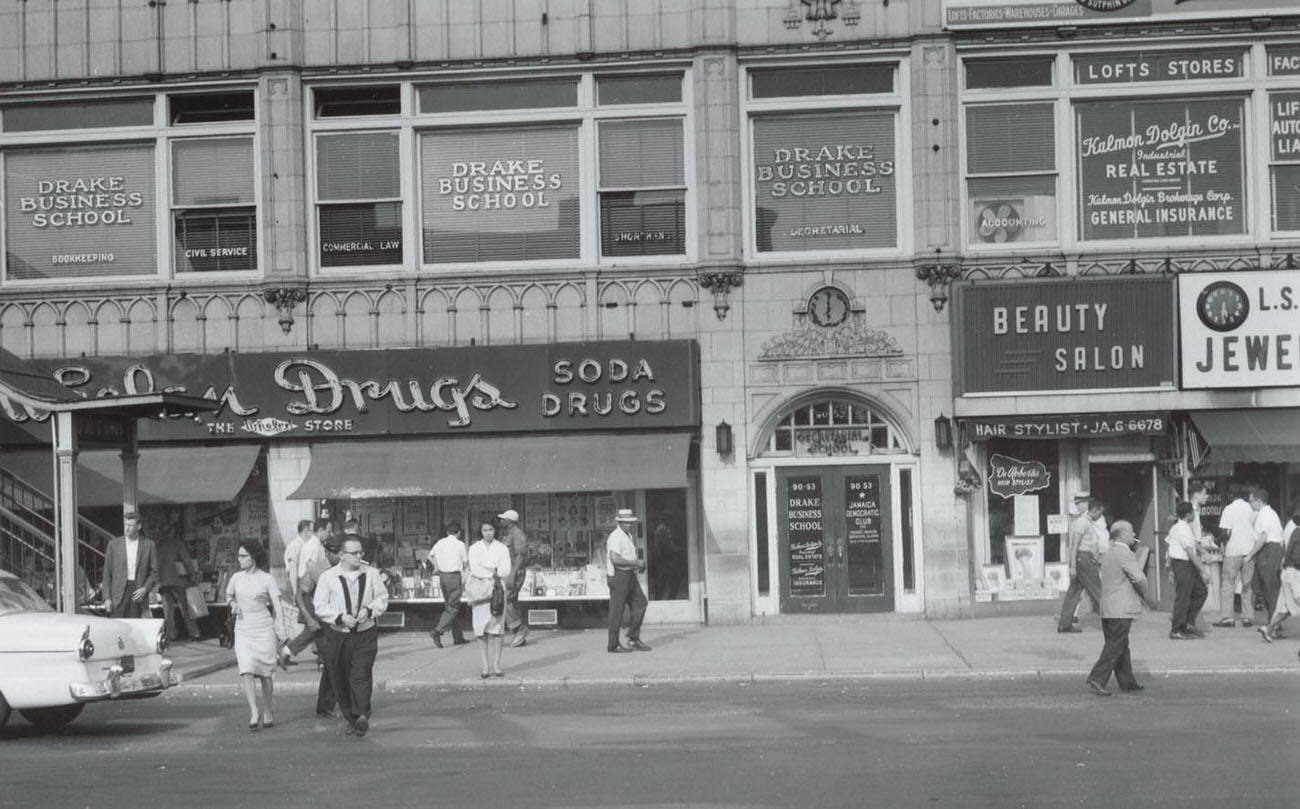
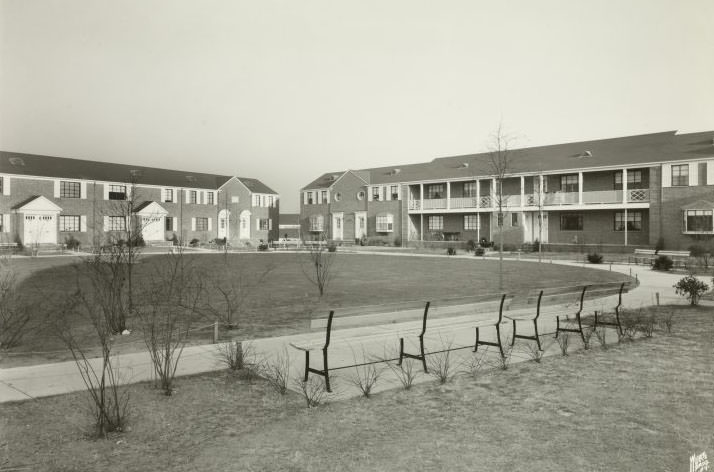
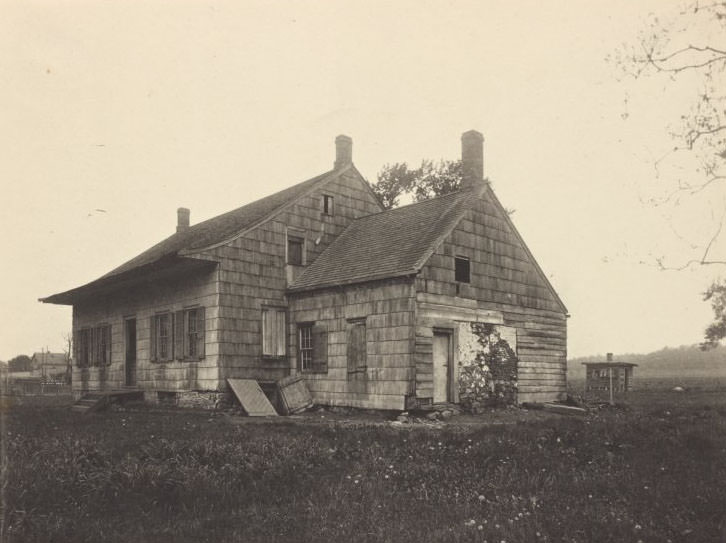
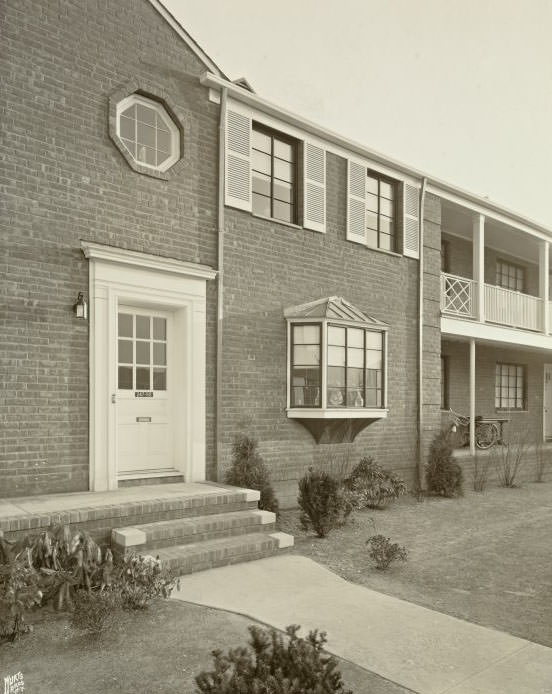
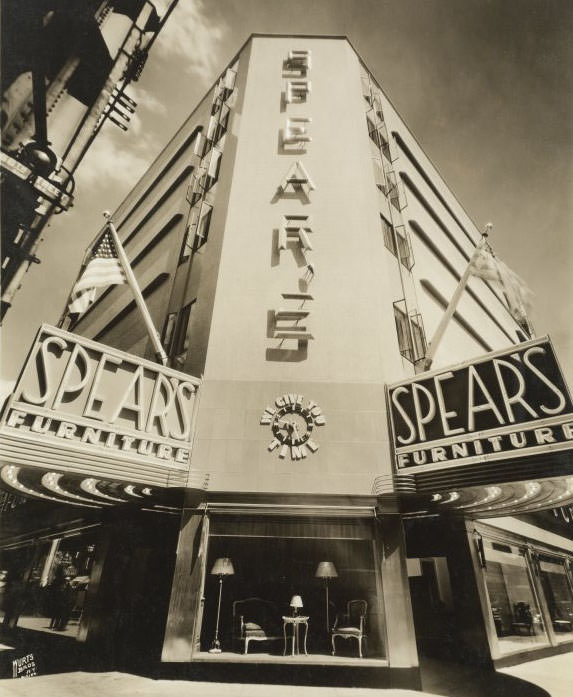
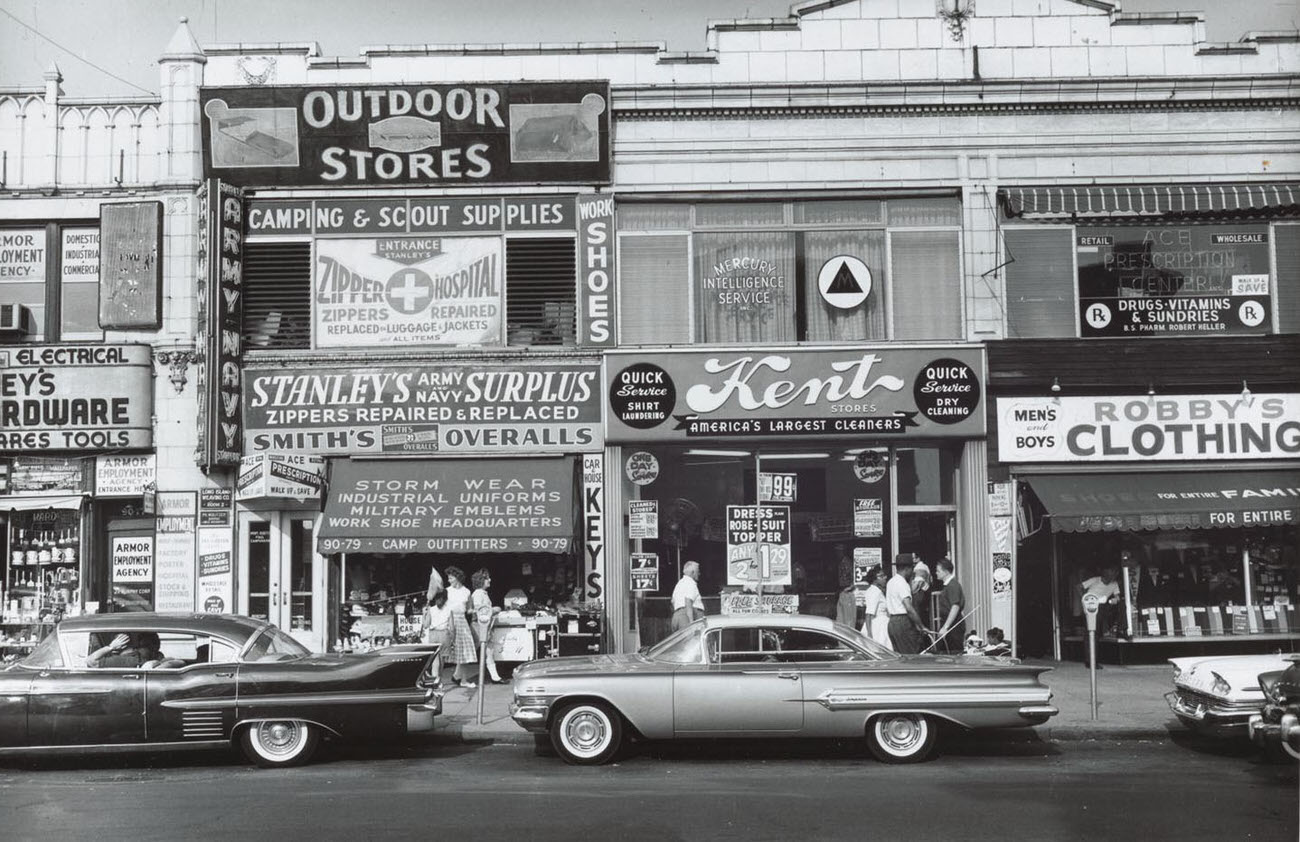
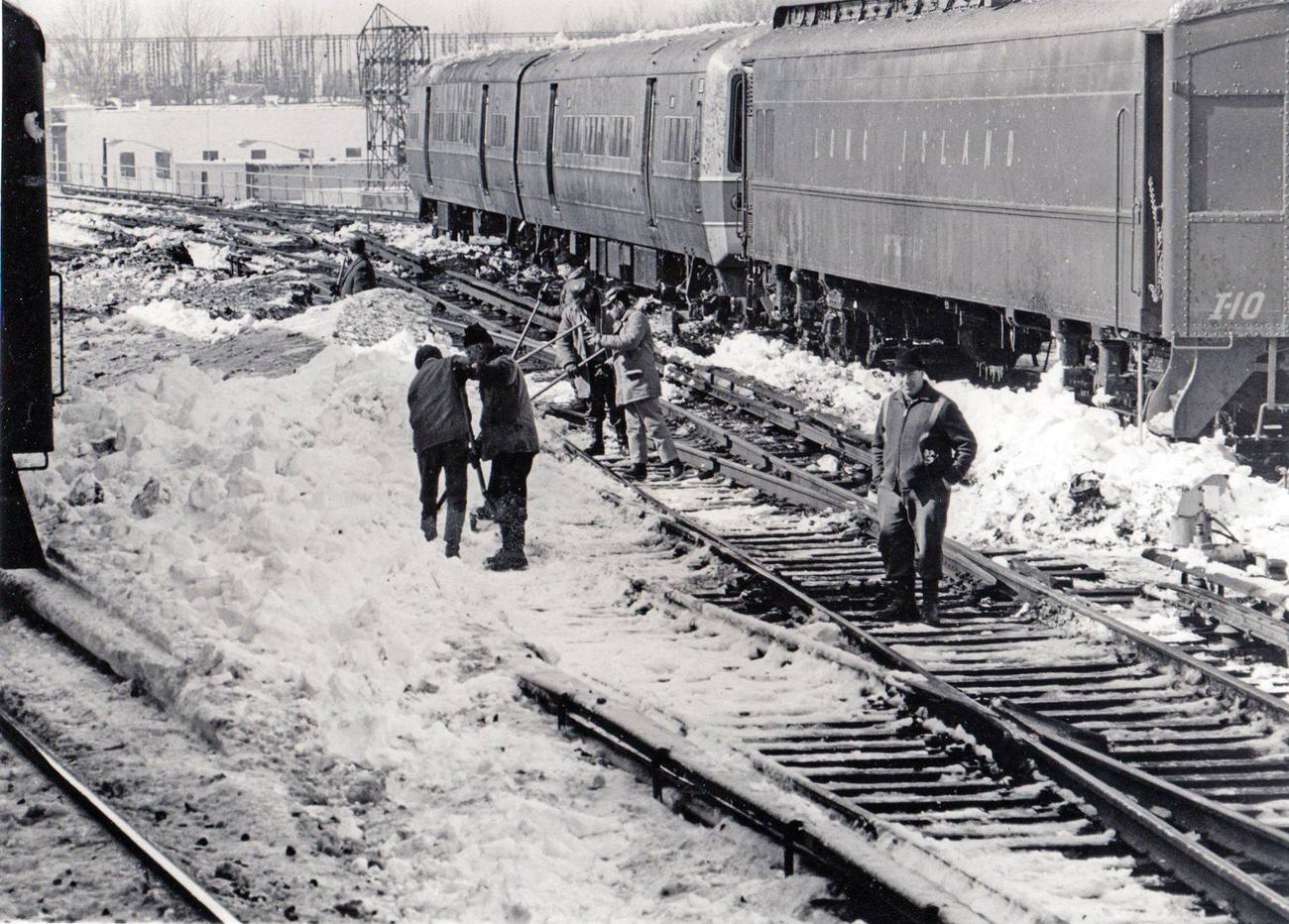

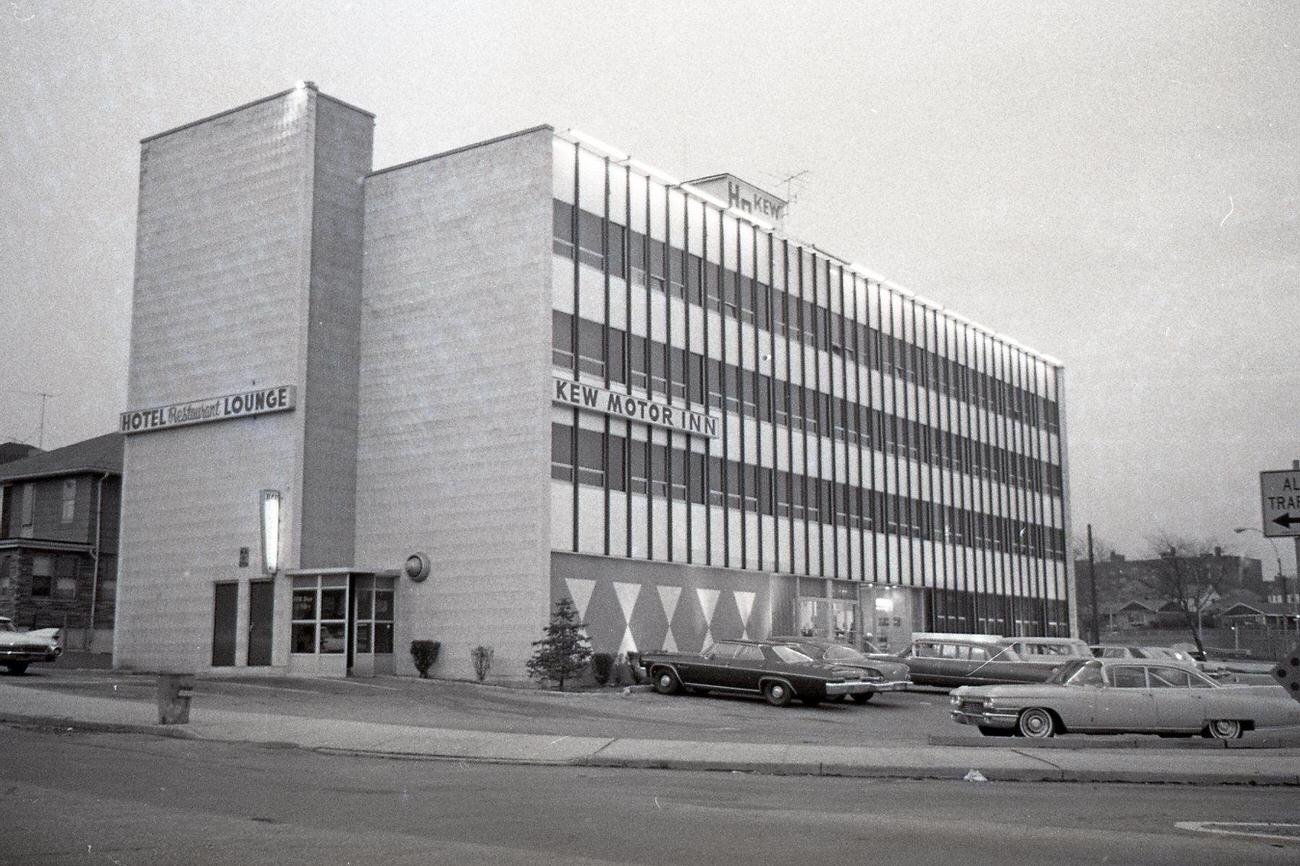
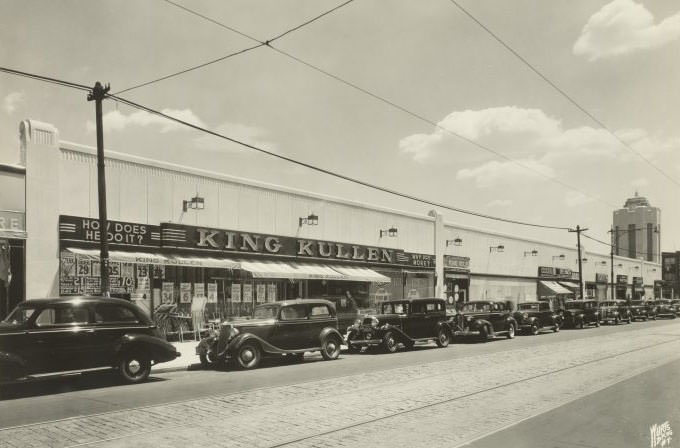
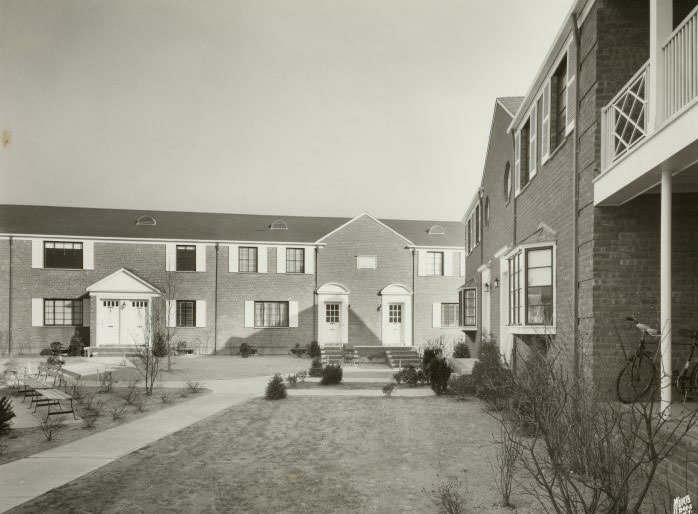
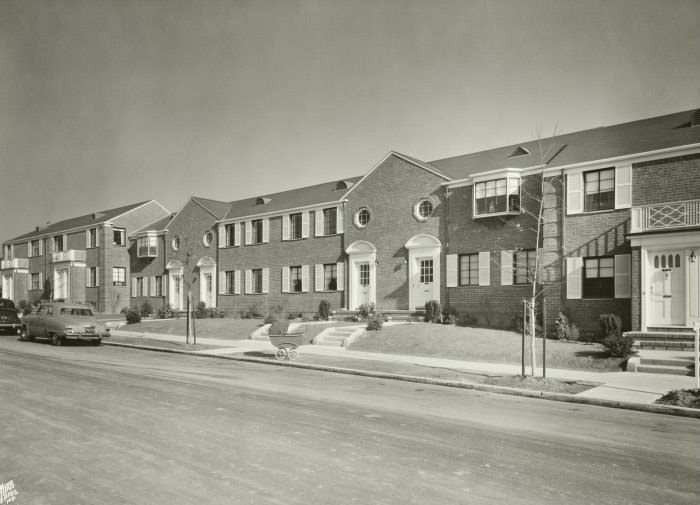
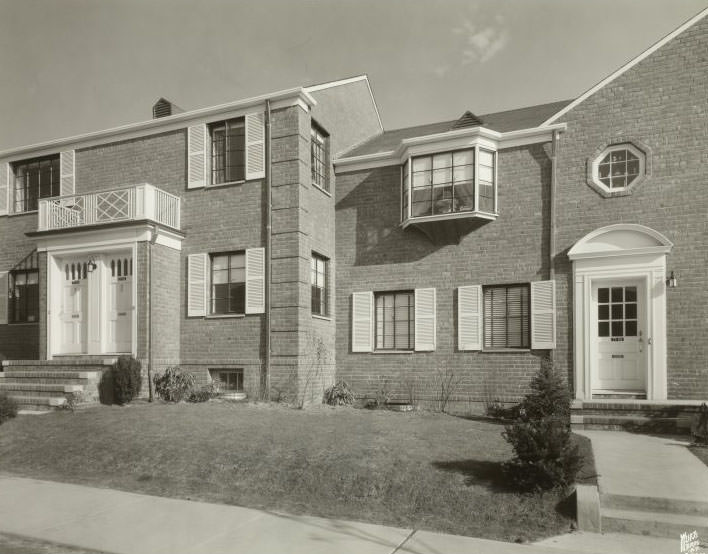

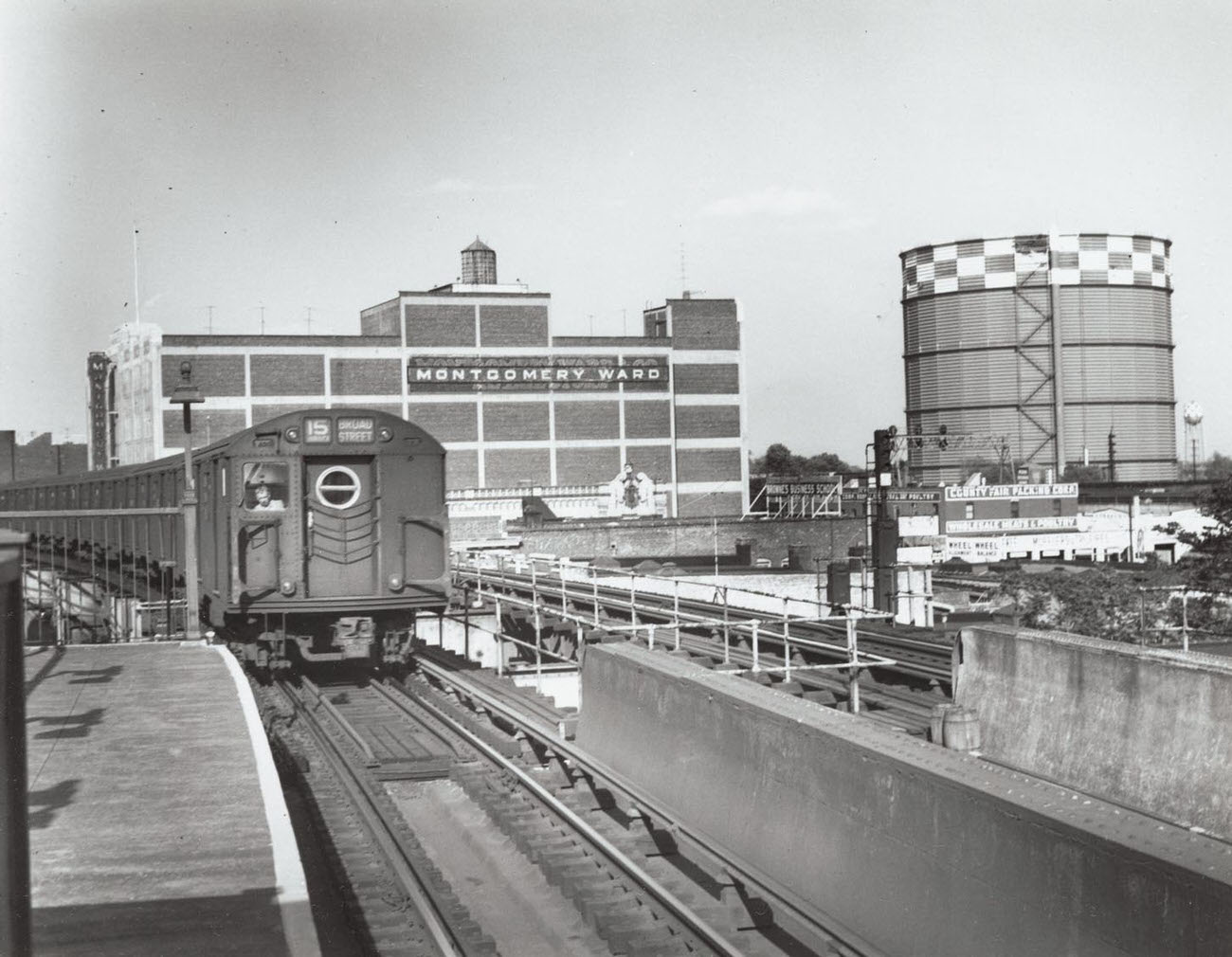
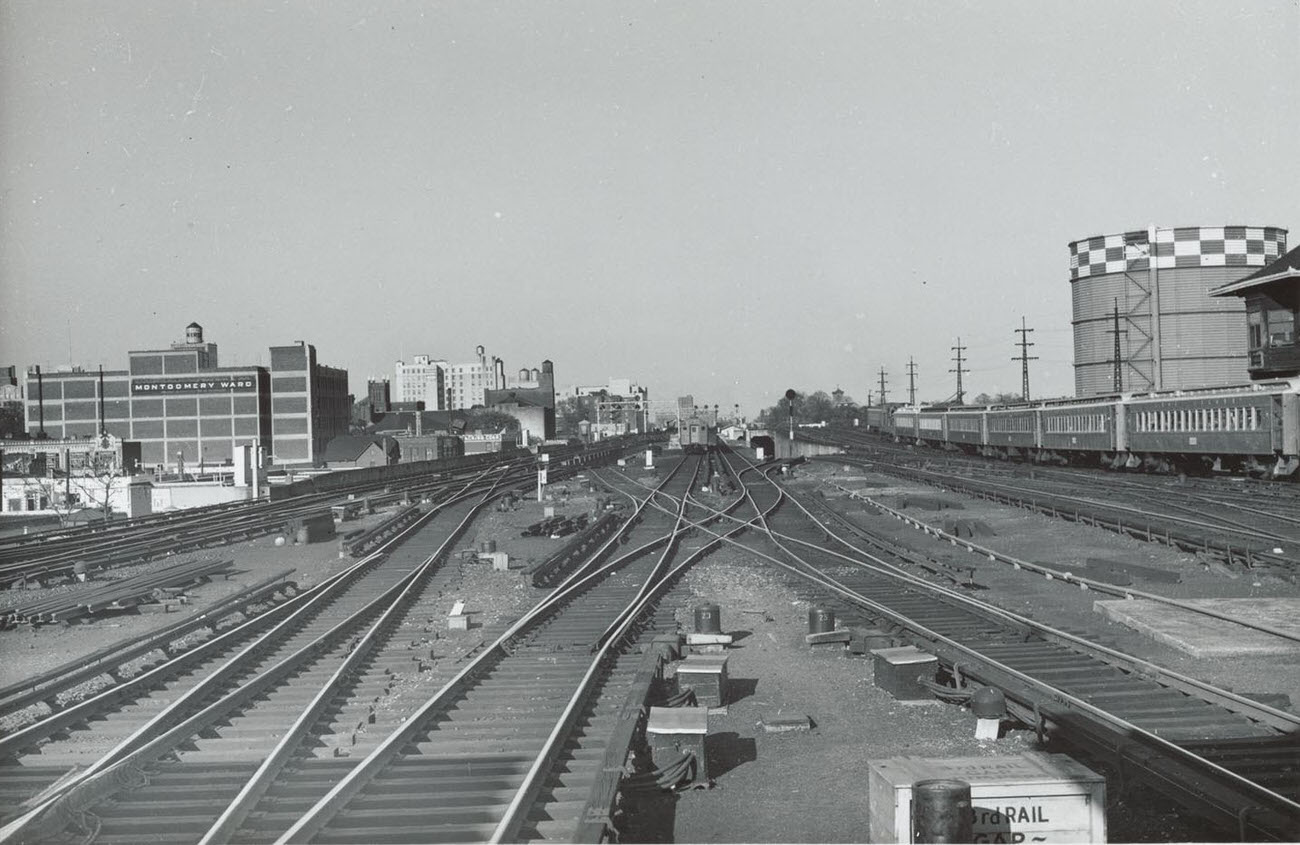
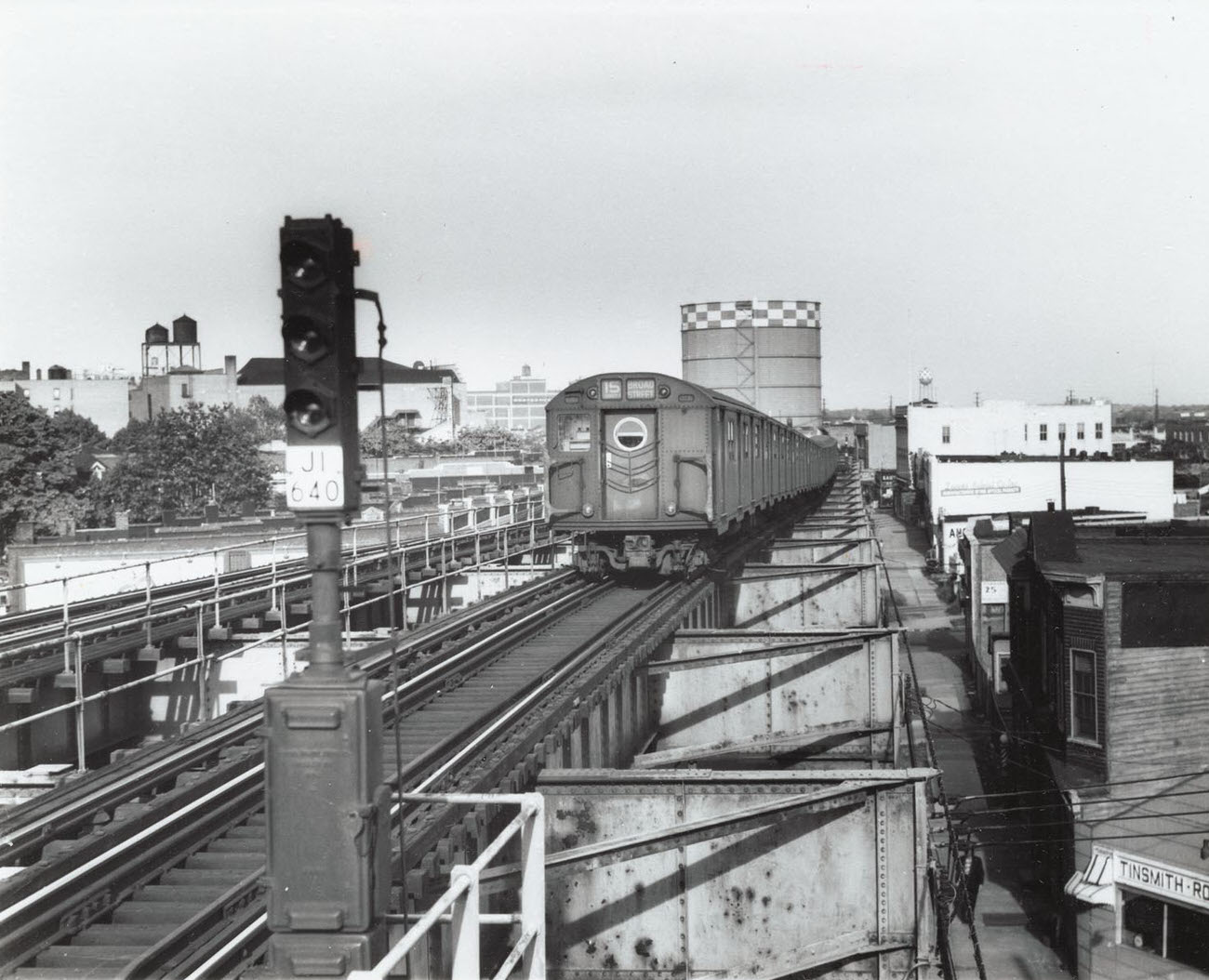
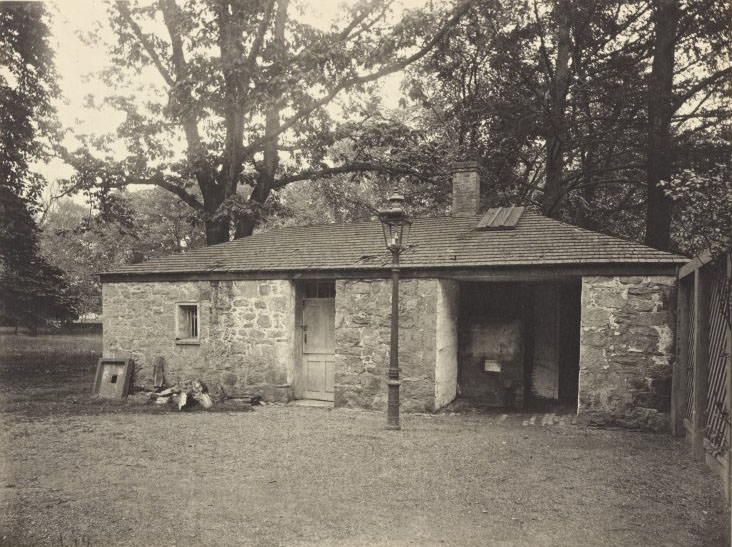
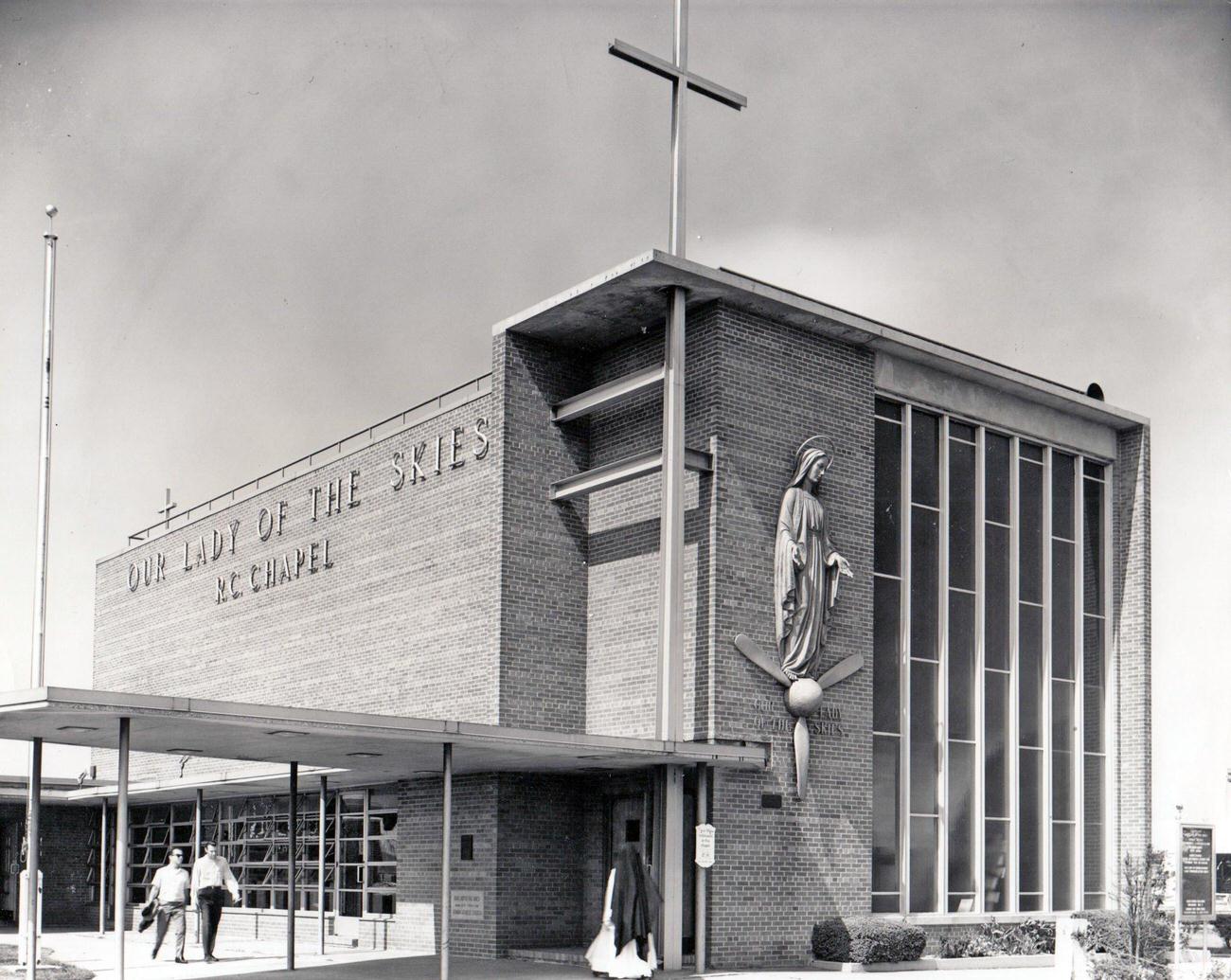
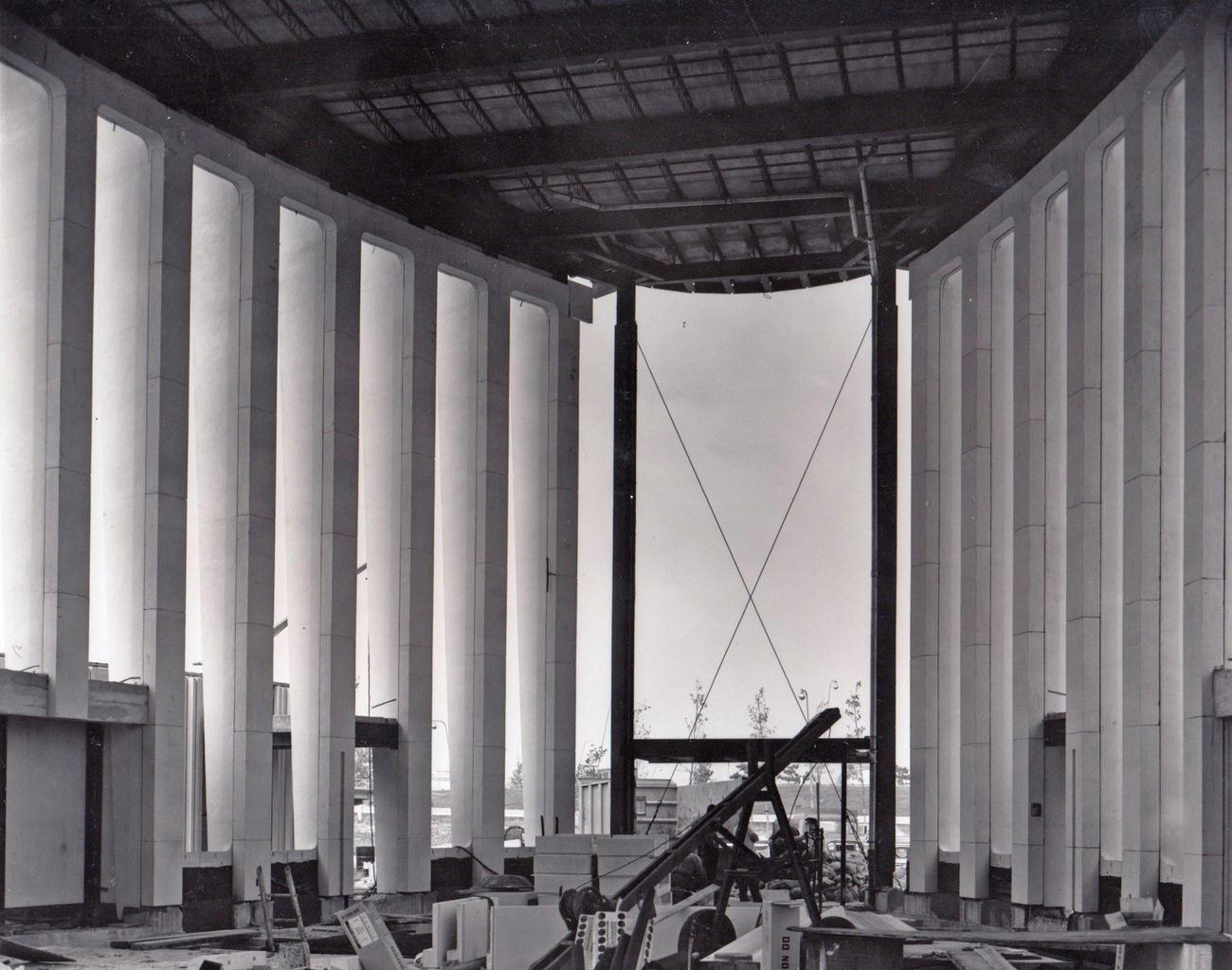
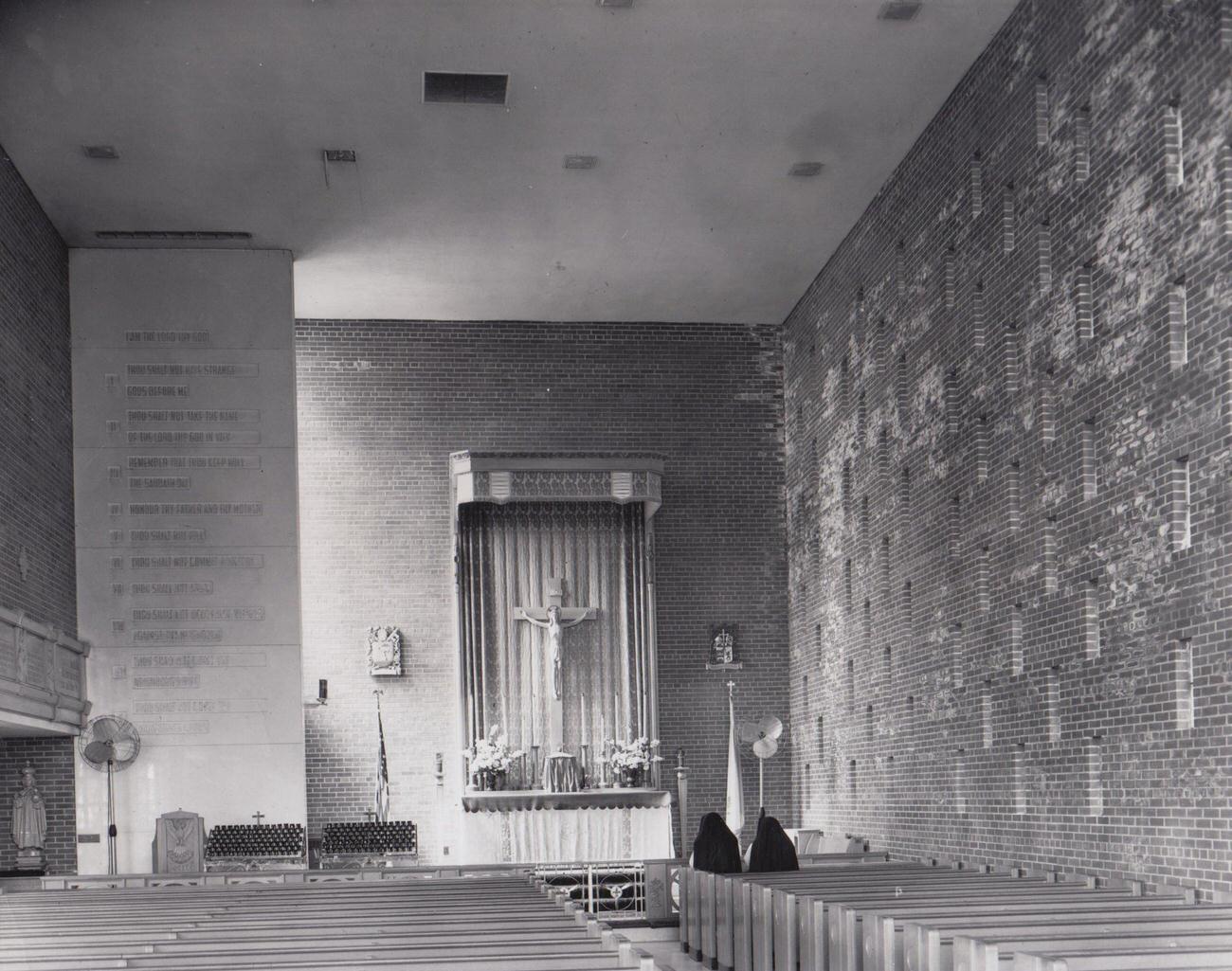
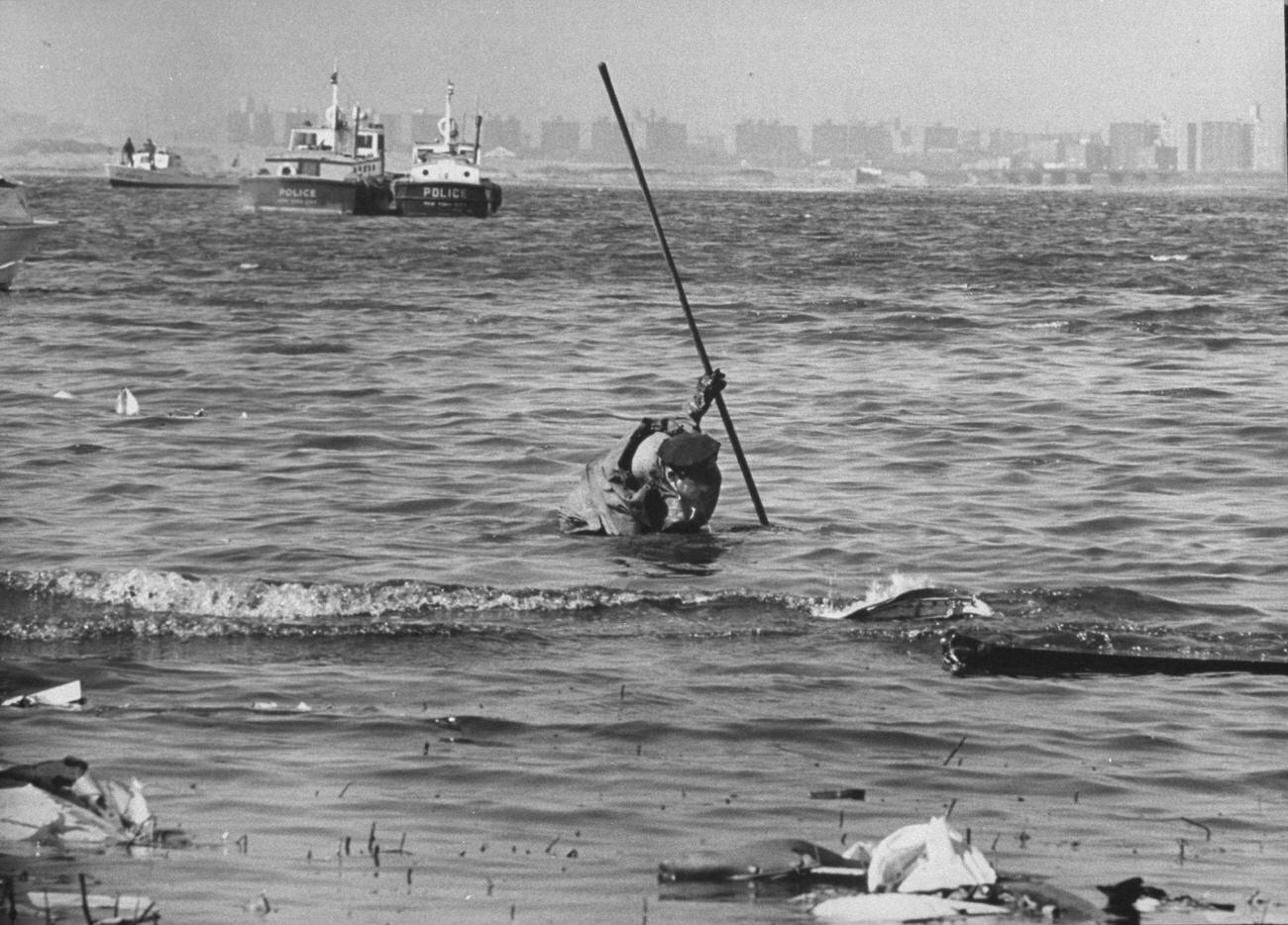
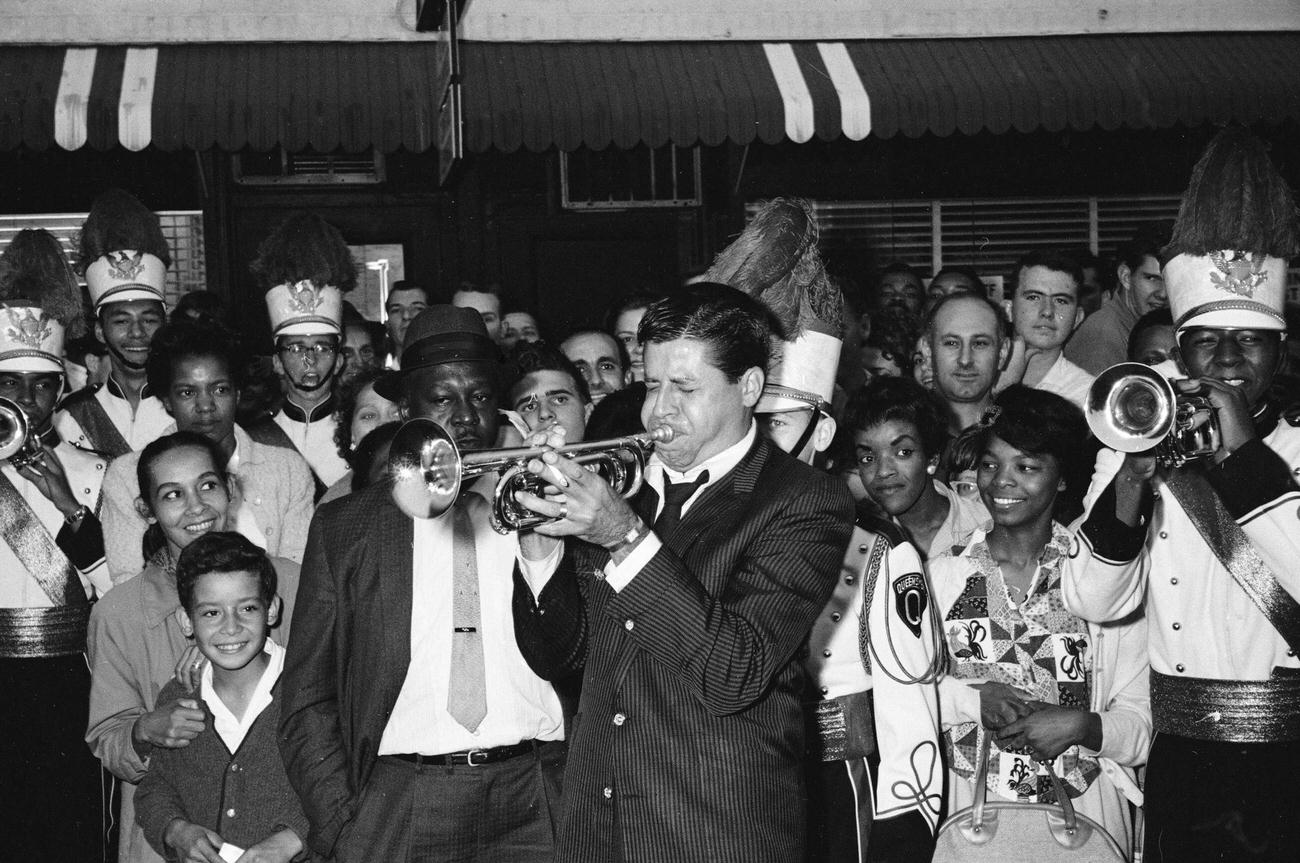
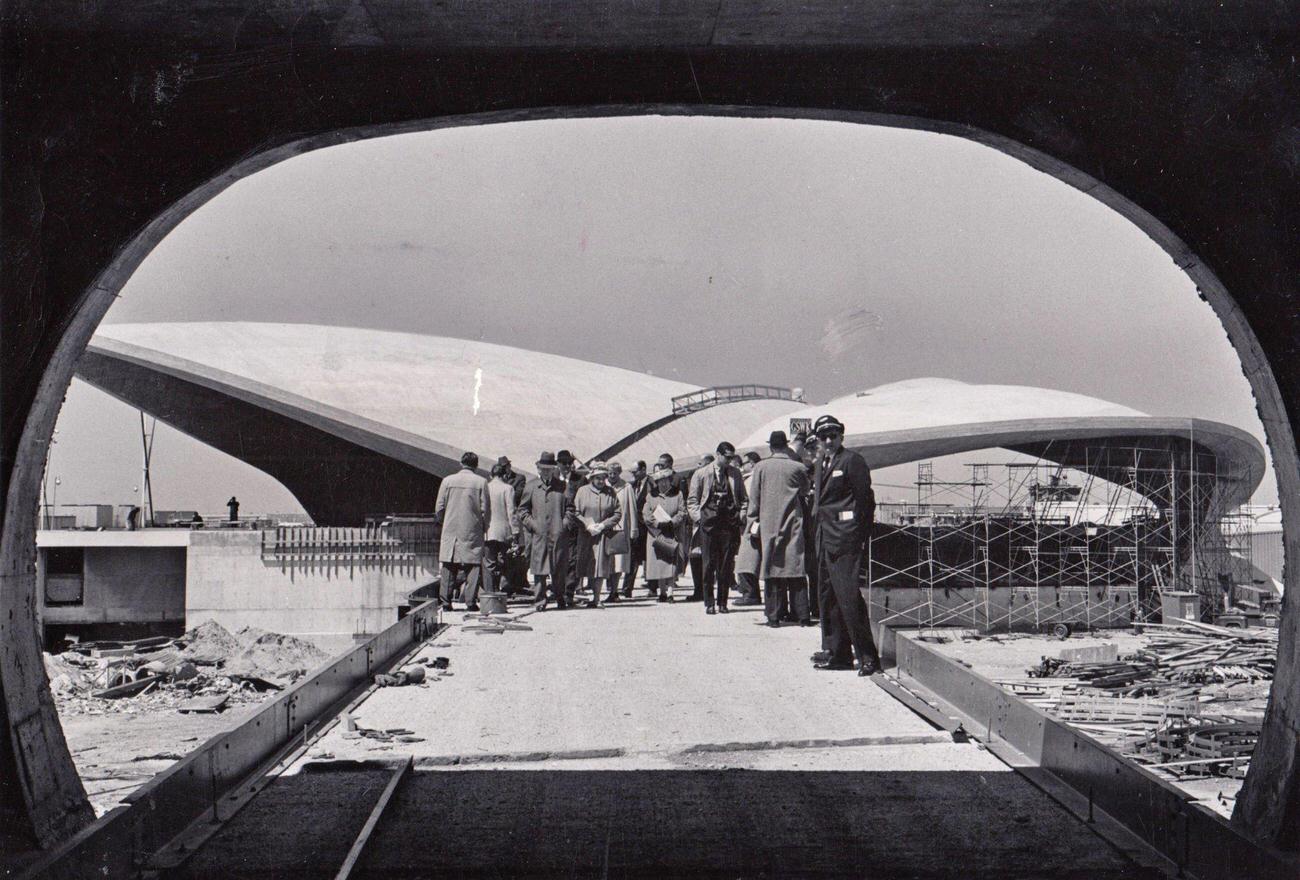
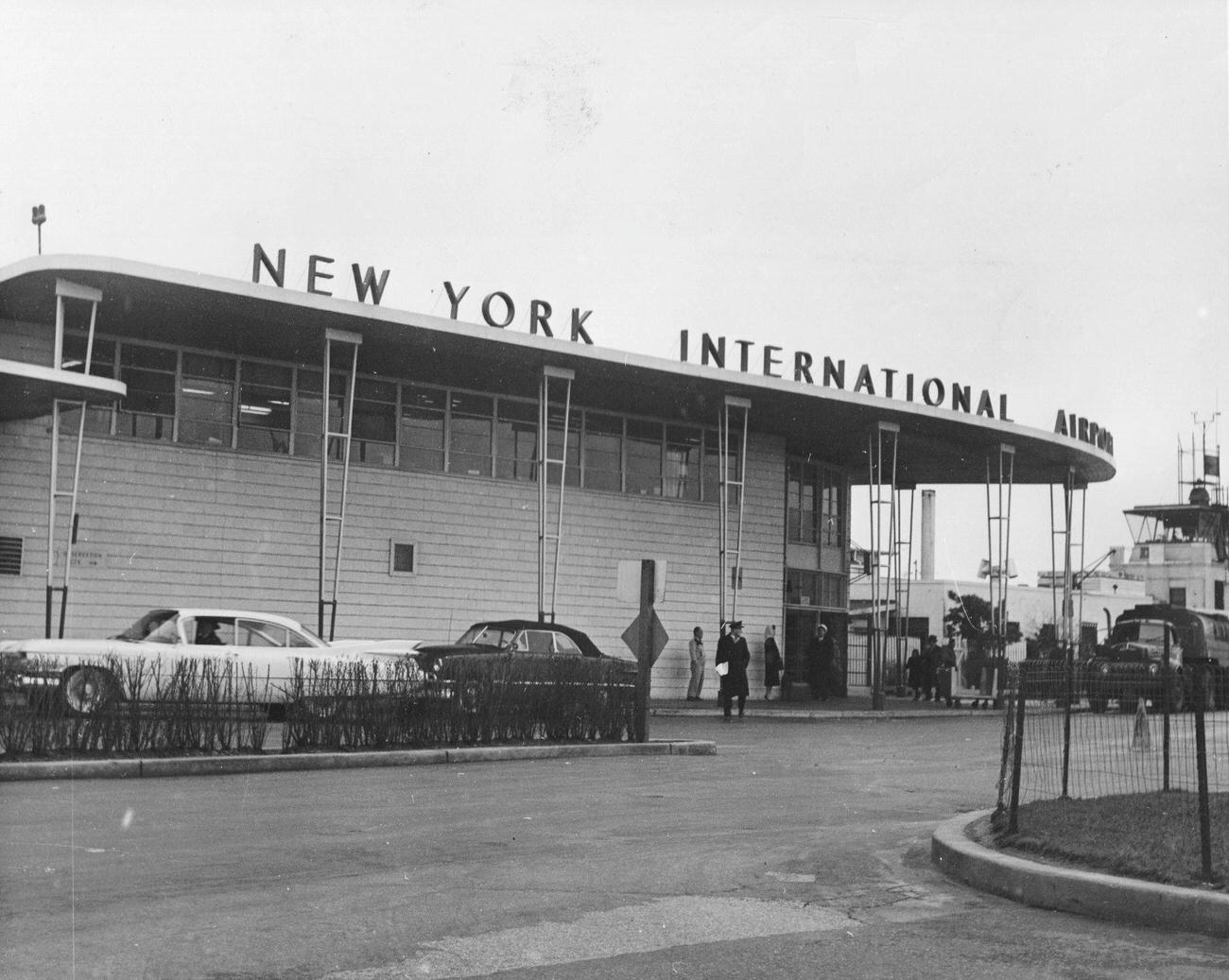
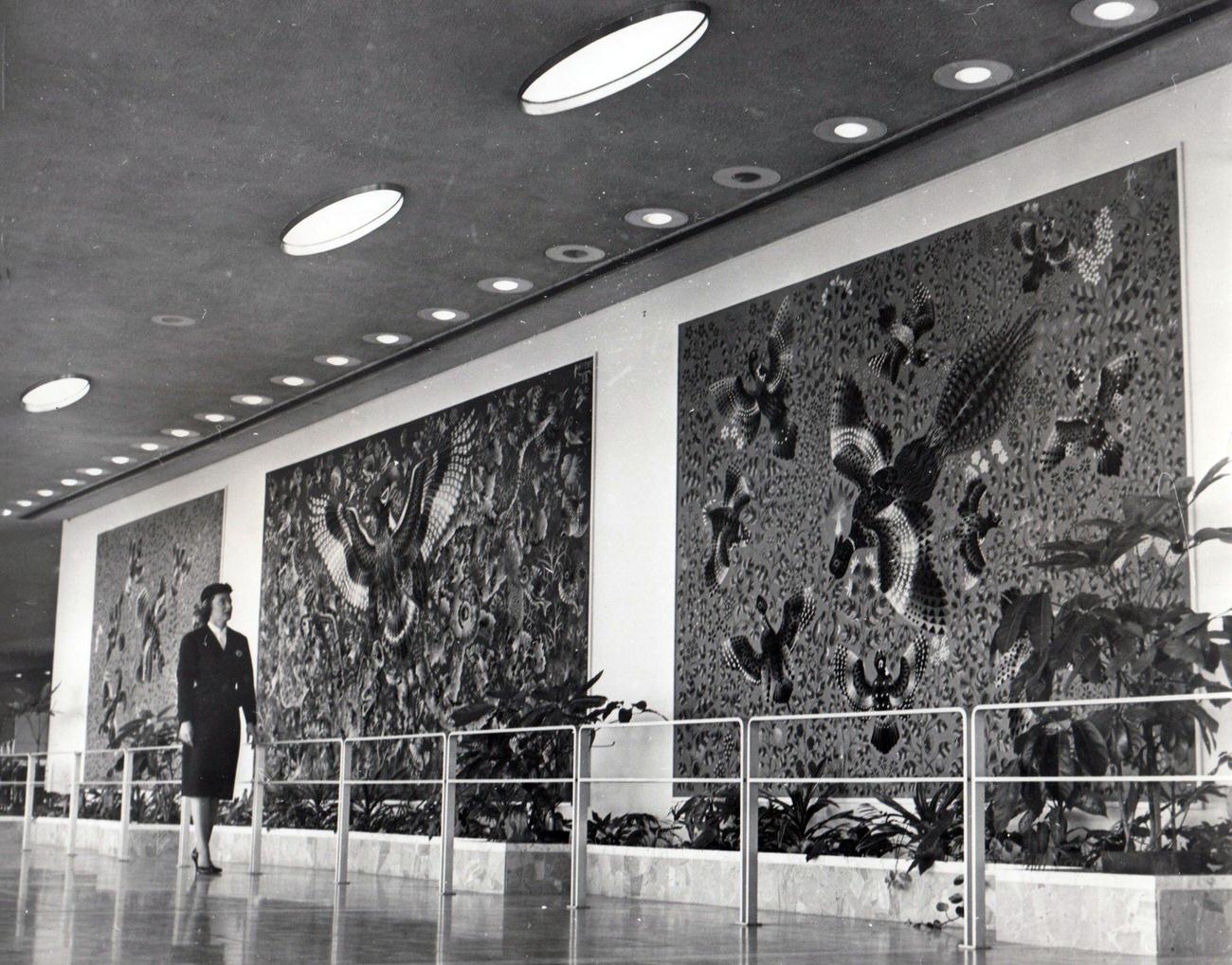

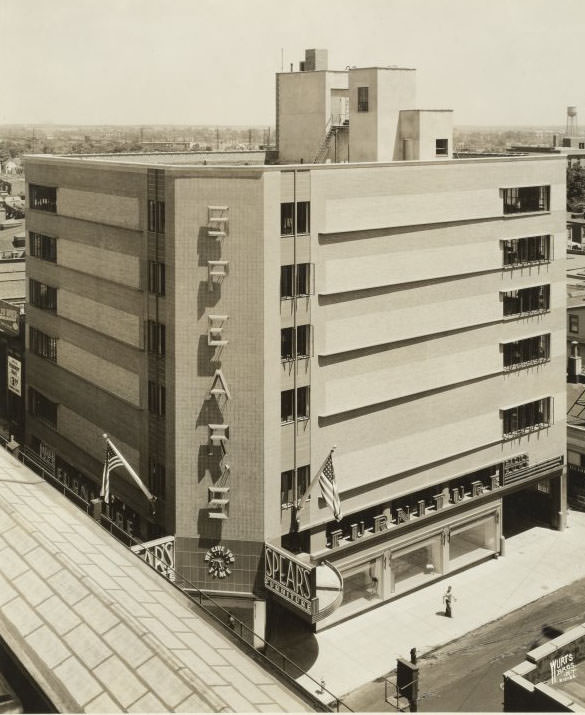
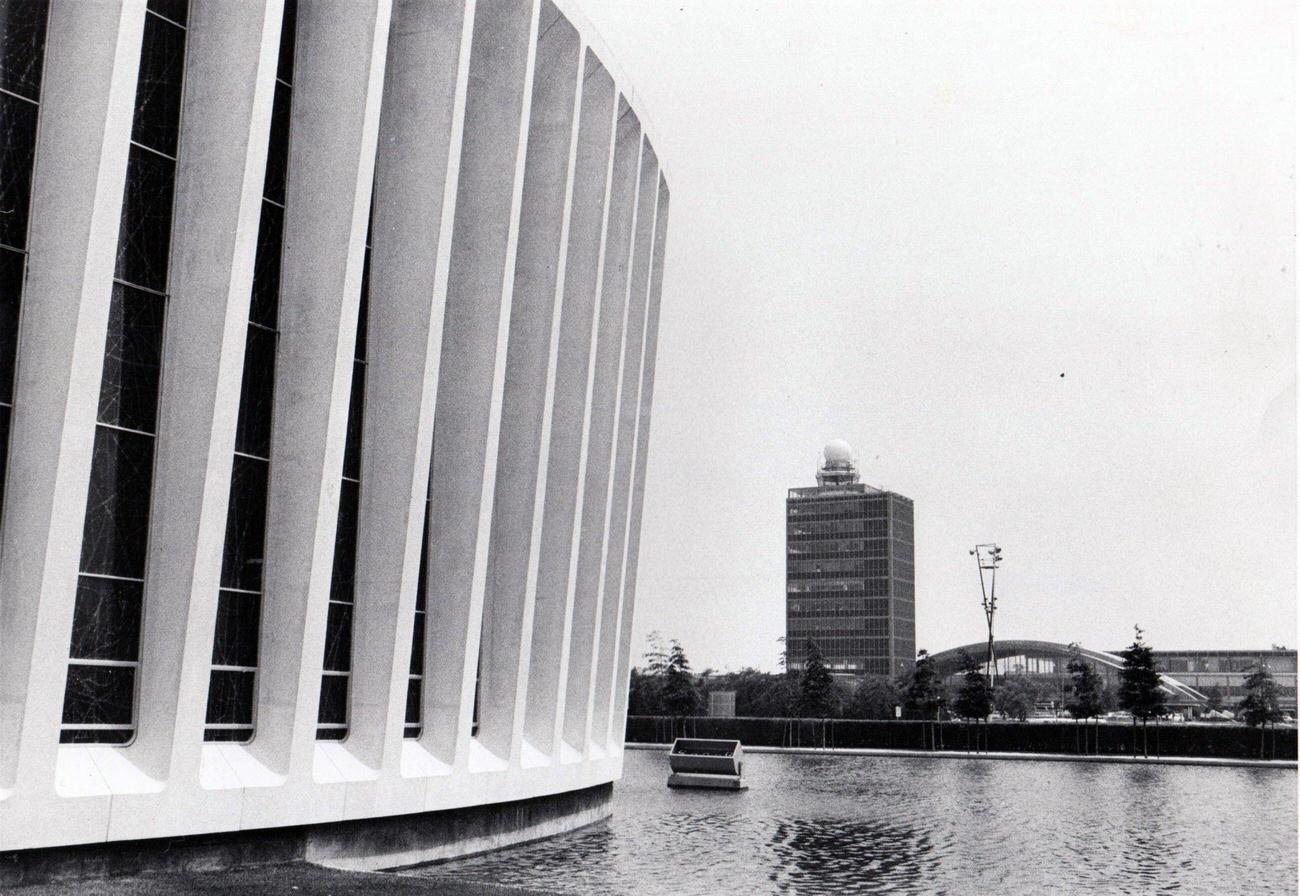

GIPHY App Key not set. Please check settings